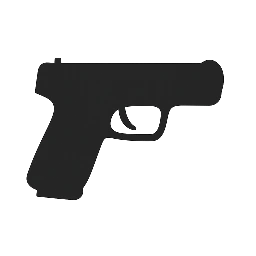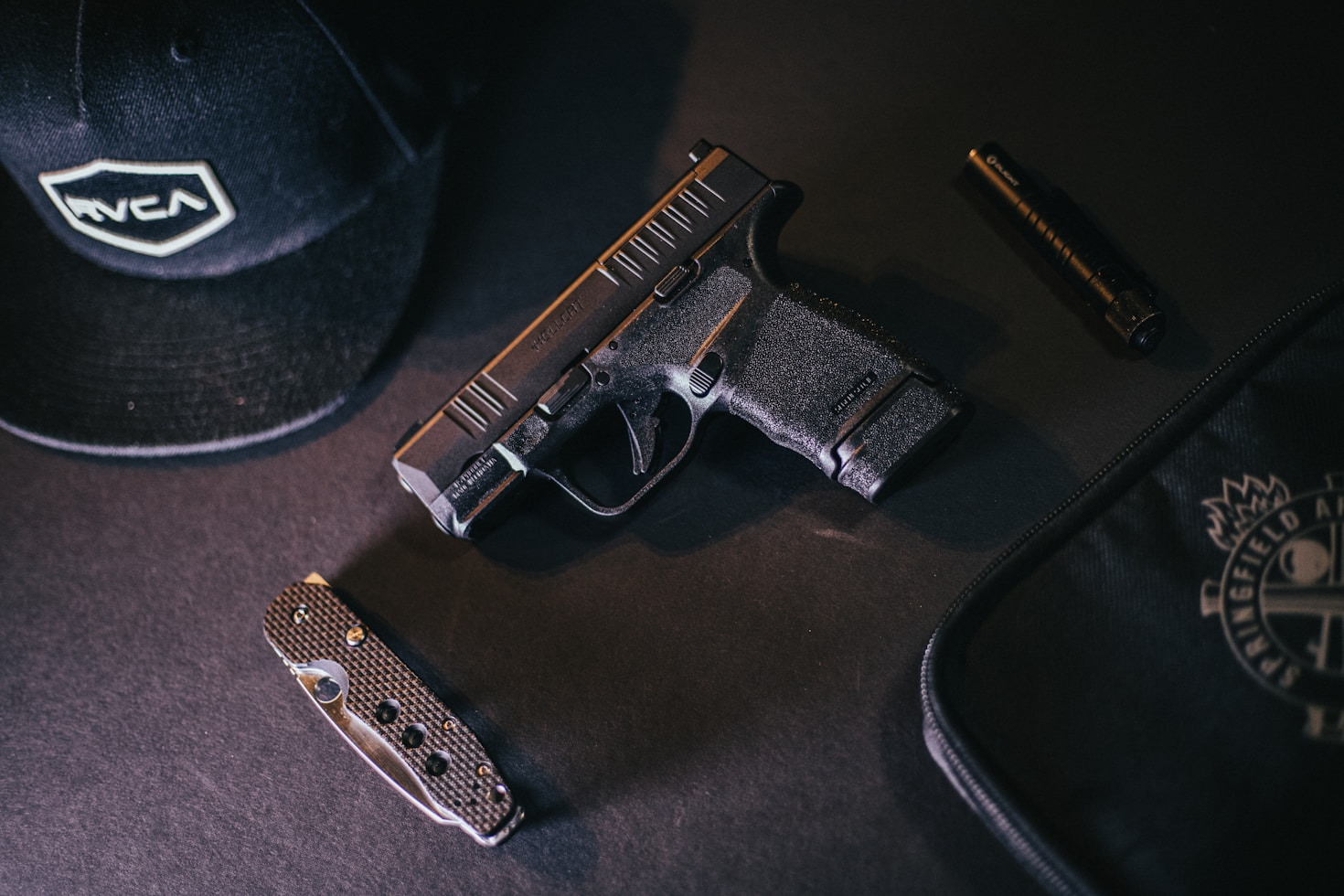Buying your first firearm is a big decision—one that carries both personal responsibility and the power to protect. Whether your goal is home defense, personal carry, or learning a new skill, the process can feel overwhelming if you’re just starting out. Here are ten essential tips to help you make an informed, confident, and responsible choice.


1. Clarify Your Purpose
Before walking into a gun store or browsing online, get clear about why you want a firearm. Is it for home defense? Concealed carry? Target shooting? Each purpose calls for a different type of firearm. A concealed carry pistol, for instance, is usually small and lightweight, while a home defense shotgun might be bulkier but more powerful.
Tip: Define your primary reason first—it’ll save time and help you make better decisions.
2. Do Your Research
The more you learn before you buy, the more confident you’ll feel. Watch videos, read reviews, and talk to experienced shooters. Learn the difference between a revolver and a semi-automatic, or a pump-action shotgun and a bolt-action rifle.
Tip: Reliable brands include Glock, Smith & Wesson, Ruger, Sig Sauer, and Mossberg—each with models suited for beginners.
3. Start with Simplicity
For first-time buyers, simpler is better. Look for a firearm with minimal complicated controls. Revolvers and striker-fired pistols are often recommended because of their ease of use and reliability.
Tip: Avoid jumping straight into high-caliber or specialty weapons until you’ve built basic handling skills.
4. Choose the Right Caliber
Caliber affects both stopping power and recoil. Beginners often find a 9mm handgun or .22 rifle comfortable to shoot and affordable to practice with. These calibers strike a balance between power and manageability.
Tip: Try before you buy—see what caliber you can control confidently.
5. Go Hands-On at a Range
Before purchasing, rent different guns at a local shooting range. This experience is priceless—you’ll discover what fits your hand, what feels balanced, and what you shoot best.
Tip: Pay attention to grip comfort, recoil, weight, and control layout. What looks good online might feel awkward in real life.
6. Budget for More Than Just the Gun
Buying the firearm is just step one. You’ll also need ammunition, a secure storage solution (like a safe), cleaning supplies, and possibly a holster if you’re planning to carry.
Tip: Set aside at least $100–$200 beyond the cost of the firearm for essential accessories and first-time purchases.
7. Understand Local Laws
Gun laws vary dramatically by state and city. Research what’s legal in your area: background checks, waiting periods, magazine limits, concealed carry permits, and storage laws.
Tip: Don’t assume that online advice applies to your location. Contact your local sheriff’s office or check your state’s official website.
8. Commit to Training
Owning a gun isn’t the same as knowing how to use it. Sign up for a beginner safety class. Learn the basics of handling, loading, aiming, and clearing malfunctions. The more you practice, the safer you become.
Tip: Look for NRA, USCCA, or state-certified firearm safety courses. Many ranges offer affordable training for new shooters.
9. Prioritize Safe Storage
Safety doesn’t end after you leave the range. At home, your gun must be secured—especially if you live with children or visitors. A lockbox, biometric safe, or trigger lock are essential.
Tip: Safe storage is not just good practice—it’s legally required in many areas.
10. Buy from a Trusted Dealer
Avoid the temptation to buy from unverified sources or strangers. A reputable gun shop will walk you through the legal process, help you choose the right model, and ensure you’re meeting all regulations.
Tip: Look for local dealers with strong reviews, knowledgeable staff, and a good return policy.
Final Thoughts
Buying your first firearm is a serious decision, but it doesn’t have to be confusing or intimidating. With the right mindset and preparation, it can be the beginning of a responsible and empowering journey. Remember: your first gun should be safe, reliable, and suited to you, not just what someone else recommends.
Knowledge, training, and caution are just as important as the gun itself. Take your time. Ask questions. Stay safe.
As the old saying goes:
“It’s not the weapon that makes you ready—it’s the wisdom behind it.”


Leave a Reply